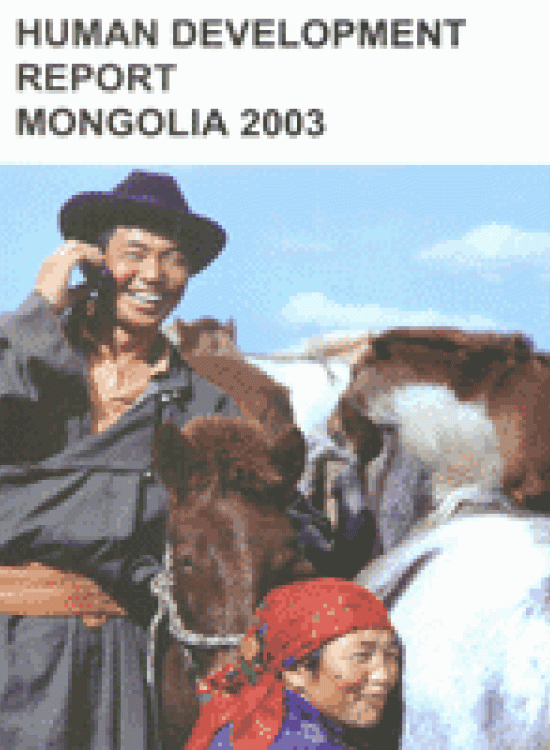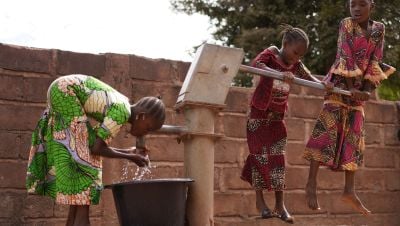Balancing Rural and Urban Disparity

Download Report by Language
Document
mongolia2003en.pdf
(2.42 MB)
Citation
Dr. Ts. Adyasuren - Author (Eco-Asia Institute), Dr. N. Bayartsaihkan - Author (Government of Mongolia), Dr. G. Chuluunbaatar - Author (Philosophy and Sociology Institute), Ch. Dagvadorj - Author (Ministry of Social Welfare and Labour), Dr. Kh. Enkhjargal - Author (National AIDS Foundation), Dr. M. Enkhsaikhan - Author (Premier International Co.). 2003. Balancing Rural and Urban Disparity. New York.
Balancing Rural and Urban Disparity
Posted on: January 01, 2003
Mongolia in the past fifty years achieved and sustained relatively high levels of education, health and income despite its large, land-locked territory, harsh climate, low natural productivity and widely dispersed population. However, the NHDR for 2003 shows that human development opportunities since Mongolia's demographic transition became increasingly differentiated between the few large urban centers, declining provincial towns and the subsistence-based rural herder population. Although democracy greatly expanded civil and political freedoms, access to resources that enable people to take advantage of the new freedoms is limited, especially in rural areas. The authors examine the causes for this gap in opportunities, finding that the withdrawal of Soviet subsidies and exposure to globalization and a market economy disadvantaged rural areas due to their geographic, economic and social isolation. The report proposes a policy agenda for reducing these disparities by improving employment opportunities and service provision in rural areas.

